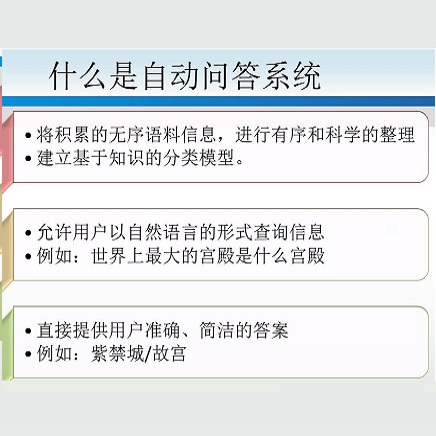State-of-the-art extractive question answering models achieve superhuman performances on the SQuAD benchmark. Yet, they are unreasonably heavy and need expensive GPU computing to answer questions in a reasonable time. Thus, they cannot be used for real-world queries on hundreds of thousands of documents in the open-domain question answering paradigm. In this paper, we explore the possibility to transfer the natural language understanding of language models into dense vectors representing questions and answer candidates, in order to make the task of question-answering compatible with a simple nearest neighbor search task. This new model, that we call EfficientQA, takes advantage from the pair of sequences kind of input of BERT-based models to build meaningful dense representations of candidate answers. These latter are extracted from the context in a question-agnostic fashion. Our model achieves state-of-the-art results in Phrase-Indexed Question Answering (PIQA) beating the previous state-of-art by 1.3 points in exact-match and 1.4 points in f1-score. These results show that dense vectors are able to embed very rich semantic representations of sequences, although these ones were built from language models not originally trained for the use-case. Thus, in order to build more resource efficient NLP systems in the future, training language models that are better adapted to build dense representations of phrases is one of the possibilities.
翻译:最先进的采掘问题解答模型在 SQUAD 基准上取得了超人性业绩。 然而,这些模型过于沉重,需要花费昂贵的 GPU 计算来在合理的时间内回答问题。 因此,这些模型不能用于在开放域问题解答模式中,对数十万个文件进行真实世界质询。 在本文中,我们探讨是否有可能将语言模型的自然语言理解转换为密集的矢量,代表问题和回答候选人,以便使问答任务与简单的近邻搜索任务兼容。 这个新模型,即我们称之为“高效QA”,利用基于BERT模型的输入序列来建立有意义的大量候选人答案。 因此,这些模型不能用于在背景中以问题无法理解的方式提取。我们的模型在Phrase-Indexed 问答(PIQA) 中取得了最新的结果, 以1.3 精确匹配点和 1. 4 核心的点为匹配点。 这些新模型显示, 密度矢量矢量矢量的矢量能够将非常丰富的源滴的源数表达方式。 这些矢量能够将精准的精度嵌的精度用于构建未来资源序列的模型。 。 这些模型是用来构建一个精度结构, 。这些系统中, 的精密的模型是用来构建更精密的精度构建的精度的精度的精度的精度的精度的模型, 。




